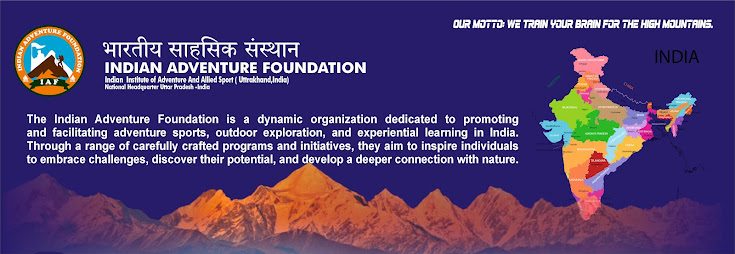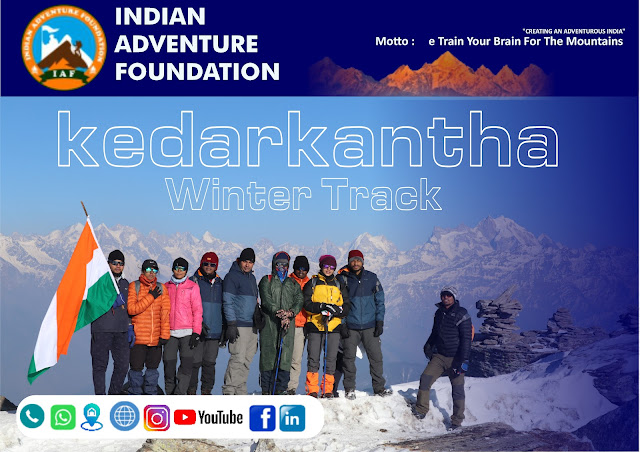Kedarkantha trek
The Kedarkantha trek is a popular trekking destination located in the Indian state of Uttarakhand, in the Garhwal region of the Himalayas. It is known for its stunning natural beauty, scenic landscapes, and the opportunity to experience snow in the winter months. Here are some key details about the Kedarkantha trek.
Location: The Kedarkantha trek starts from a village called Sankri, which is about 200 kilometers from Dehradun, the capital of Uttarakhand. Sankri is the base camp for the trek.
Trekking Season: The best time to undertake the Kedarkantha trek is typically from December to April when the region is covered in snow. However, it is also possible to do the trek in other months when there is less snow.
Trek Duration: The trek usually takes around 4 to 6 days to complete, depending on the route and weather conditions. It is a moderate-level trek, suitable for both beginners and experienced trekkers.
Scenic Beauty: The trek offers breathtaking views of snow-clad peaks, dense forests, and serene meadows. It is known for its beautiful campsites at locations like Juda Ka Talab and Kedarkantha Base Camp.
Cultural Experience: Along the trek, you may have the opportunity to interact with the local villagers and learn about their culture and way of life.
Kedarkantha Summit: The highlight of the trek is reaching the Kedarkantha summit, which offers panoramic views of some of the famous Himalayan peaks, including Swargarohini, Bandarpoonch, and Black Peak.
Permits: To undertake the Kedarkantha trek, you may need to obtain permits from the Uttarakhand Forest Department. It's essential to check the latest regulations and obtain the necessary permits before starting the trek.
Trekking Companies: Many trekking companies and guides offer organized Kedarkantha trek packages, which can include transportation, meals, and camping gear. These packages can make the trek more accessible for those who are new to trekking.
Before embarking on the Kedarkantha trek, it's crucial to be well-prepared, both physically and in terms of equipment. Weather conditions can be challenging, especially during the winter months, so ensure you have appropriate clothing and gear. Additionally, it's a good idea to check the latest information and consult with local authorities or trekking agencies for the most up-to-date details on the trek.



Comments
Post a Comment